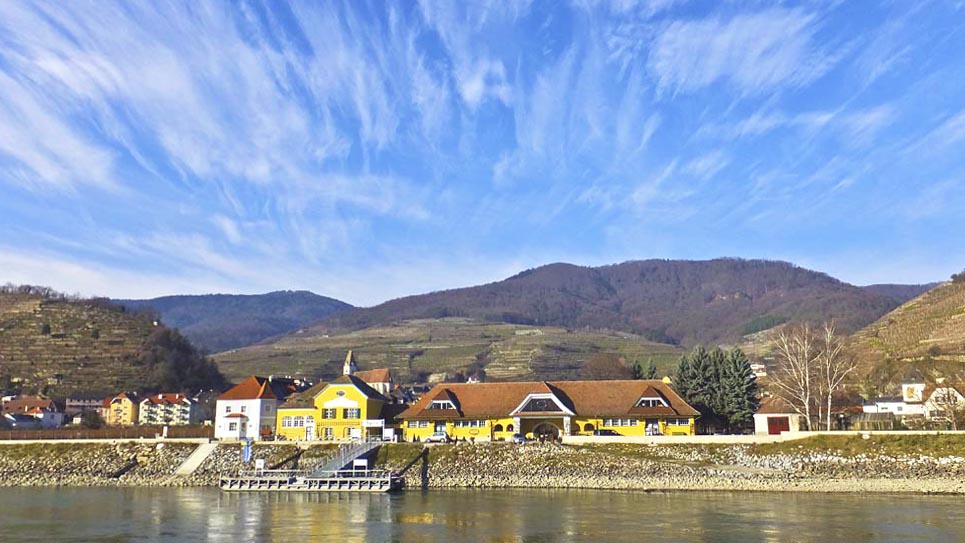
A great thing about cruising on the rivers of Europe is that every day you’re docked in a city so steeped in history and culture that there’s always something fresh to discover.
On a recent Danube cruise on Viking River Cruises we started in the heart of Budapest, stopped another day near the center of Bratislava, and the next day were at the edge of classical Vienna. Other days in Linz and Melk in Austria and Passau, Germany, our dock was within an easy walk of all the major attractions.
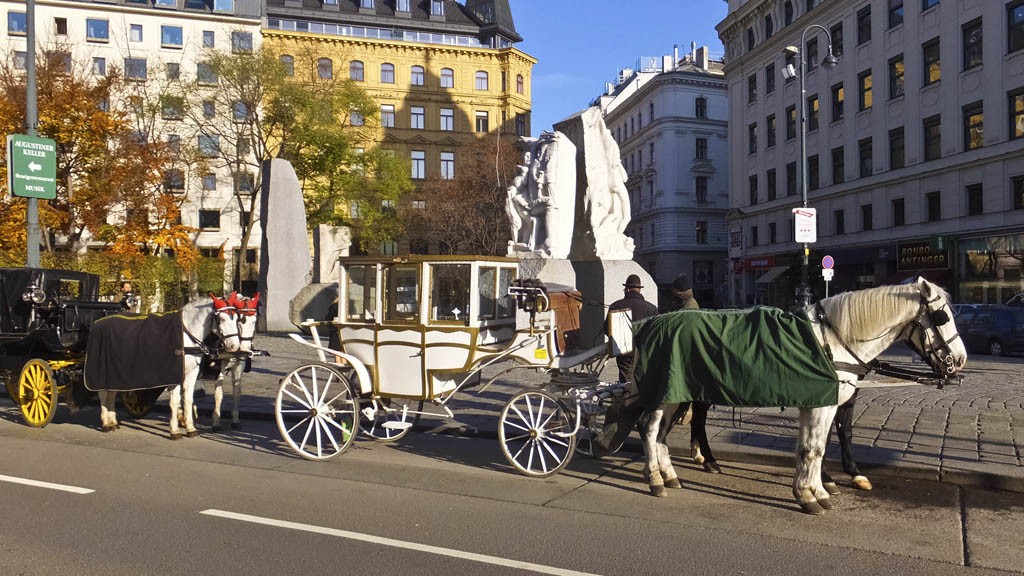
Complimentary guided tours are included every day on Viking’s river cruises. I took them all, even though I’ve been to most of the ports before and could have done sightseeing on my own.
That’s because I found that the local guides provided by Viking are extremely knowledgeable and I got new insights on every tour. Viking has so many ships on Europe’s rivers that they have their own fleet of buses as well, so the tours always ran like clockwork.
That said, I also went off on my own after the tours to discover some experiences that first time visitors might not try. Here are a few recommendations:
SALZBURG: Waffles with a mountain view
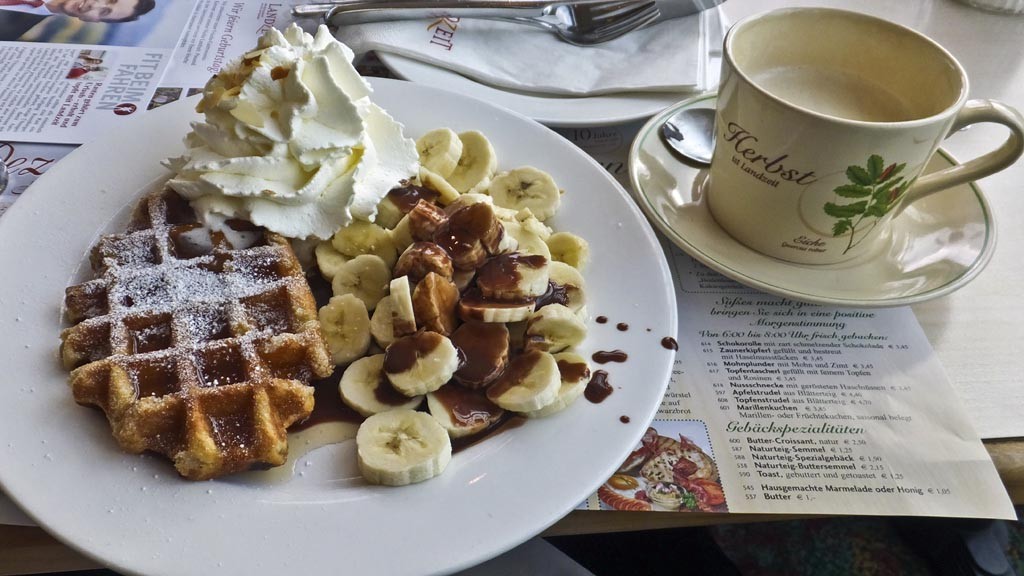
Oh great, I thought, as the bus for Viking’s day trip to Salzburg pulled in to a modern rest stop after an hour on the road from where we’d docked in Linz. Would this be just a pit stop disguised as a way for the tour guide’s brother-in-law to try to sell us some souvenirs?
Our guide recommended finding a window table with a panoramic mountain view during the 45-minute layover and order a waffle. All right, I hadn’t had a big breakfast, so why not?
The vista of the Austrian Alps framed by a mountain lake was stunning. My brain kept streaming The Hills are Alive theme from the Sound of Music as I scanned what anyone would call seriously soaring mountains rather than hills.
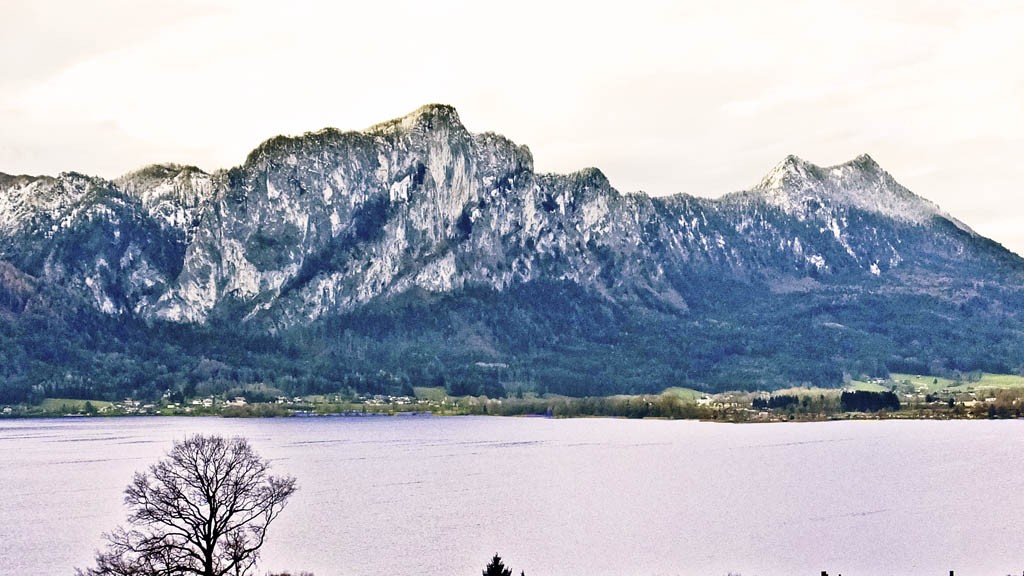
A local insight: our guide said she hadn’t watched the Oscar-winning movie about the von Trapps until recently. The film wasn’t at all popular here when it came out in 1966. (Could it have had to do with the fact it doesn’t exactly paint wartime Austria in a flattering light?) She insisted it was mostly because it takes liberties with history. The von Trapps didn’t climb over these “hills,” rather they took a train for a tour in Italy, not Switzerland.
Still, the dramatic story and its music are magical, as was the setting. And the waffles served with fruit and vast mountains of cream were unbeatable.
PASSAU, Germany: The pipes are calling
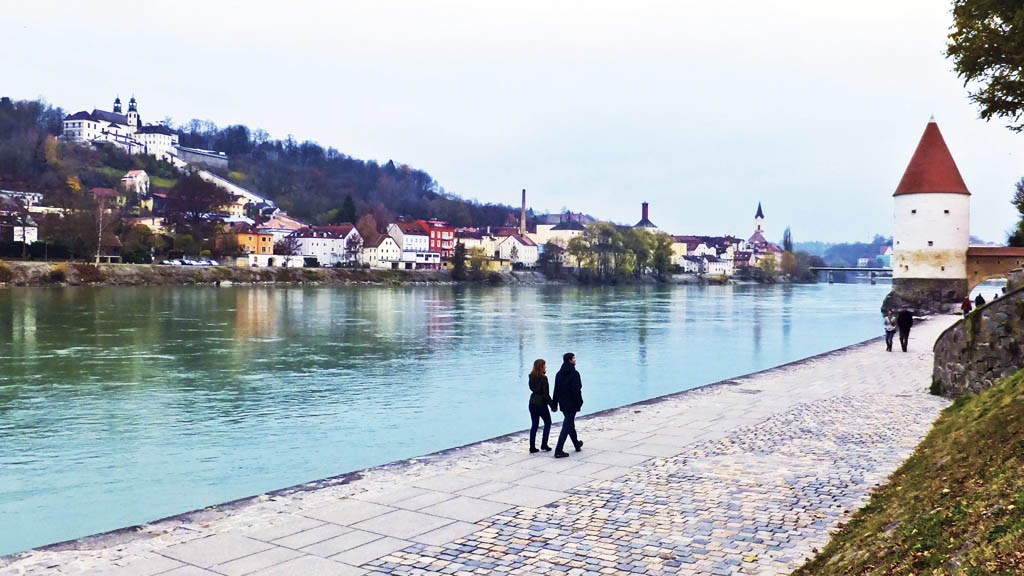
How could anyone top this? I asked in awe, as I realized that every wall of St. Stephen’s Cathedral in Passau is lined with organ pipes: 17,974 pipes at last count. And no matter when you visit, someone is on the keyboard playing notes while technicians tune the behemoth that has 233 stops.
Our guide let us know that as massive as the array of organ engineering is, it’s only listed as number five in the records of largest pipe organs worldwide. Still it’s mighty impressive, with pipes ranging from 35 feet tall to the size of a finger tucked between ornate sculptures in the ceilings.
All the walking tours go inside the cathedral, but they generally don’t take the detour I found to the courtyard of the church, whose walls are lined with ancient grave stones.
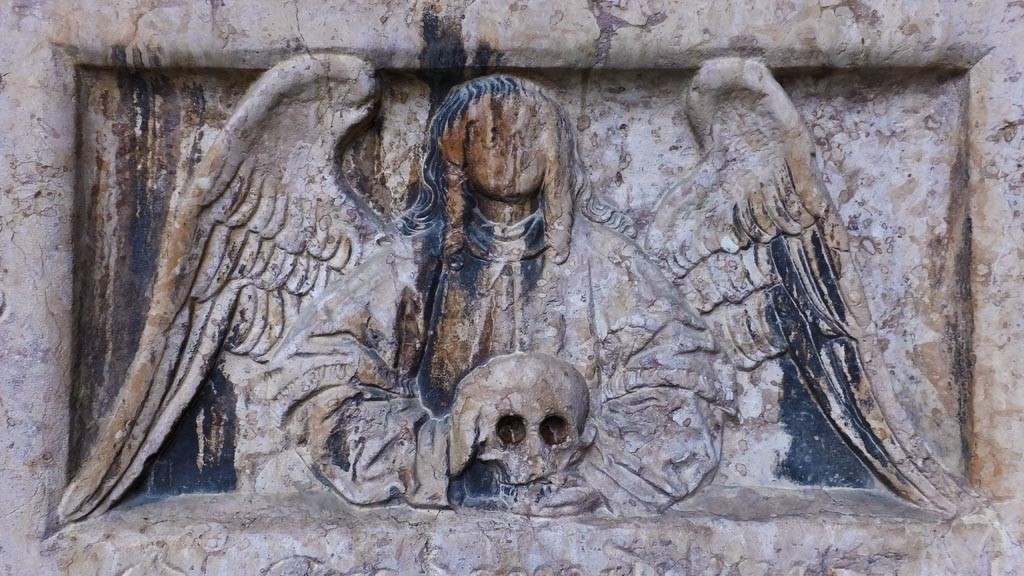
The spooky but fascinating scene is especially apt at Halloween time because the head stones are intricately carved with skeletons and deaths heads that were popular in the Middle Ages for grave markers.
VIENNA: The Albertina Museum
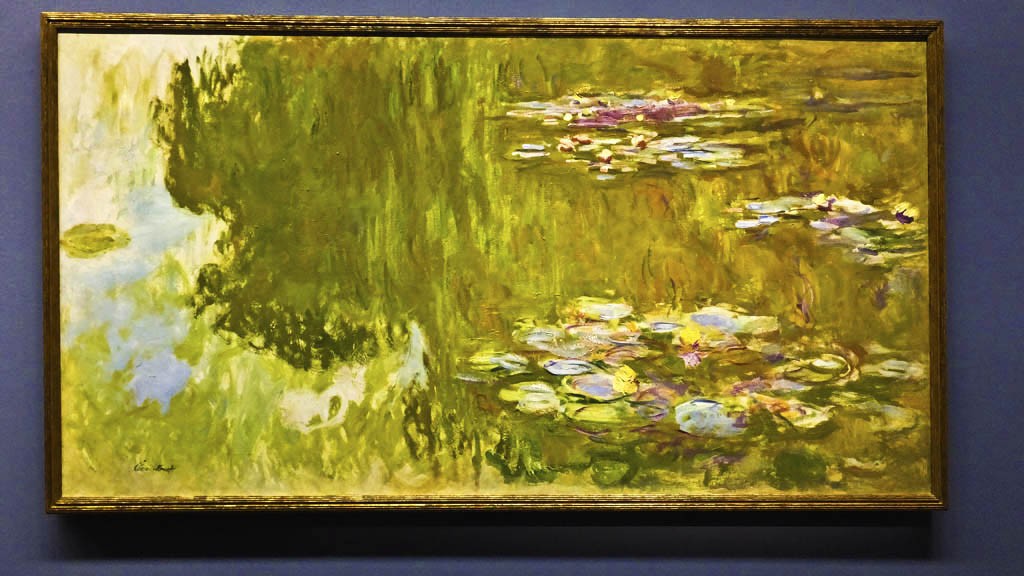
Sure, you’ll want to take a guided walk and see Vienna’s St. Stephen’s cathedral and the Spanish Riding School in the morning, but there are a couple of hours of free time before the bus picks up guests for the ride back to the pier.
It just so happens that Viking’s usual meeting point is conveniently in front of one of Europe’s most under-rated museums, The Albertina. It’s a museum within a former royal palace. The lavish interiors of the recently opened Hapsburg rooms were decorated by the same craftsmen who did the furnishings for the court of Louis XVI and did the decorations for Versailles.
Today, the rooms are galleries for an outstanding collection of art ranging from Michelangelo and Rembrandt to Claude Lorraine and Paul Cezanne. The Albertina has also got one of the best collections of works by twentieth century Austrian artists Egon Schiele and Gustav Klimt. It’s a perfect way to spend some spare time before walking out to the street to catch the bus back to the ship.
MELK, Austria: The Gilded Abbey
It’s an easy walk from where the ship docks to the imposing abbey on the hill at Melk. It actually takes longer for the tour buses to drive by road than it takes to walk.
But there’s sound reason to opt to take the bus tour of the Melk Abbey which was founded in the eleventh century. Only accredited tour guides have the keys to the church, which is one of the treasures of the Danube with its acres of gold gilding and intricately painted ceilings. It’s hard to describe, but here’s a video that tries to do it some justice:
There’s also a wonderful collection of religious regalia in the rooms around the abbey’s cloister, which today is a Benedictine Catholic high school.
After the tour of the abbey, I opted to take the walk I’d passed up earlier: back to the ship through the quaint village in the valley around the abbey and through a little forest to the dock. I got back to the ship ahead of the tour bus.
DURNSTEIN: A tasting after a tour
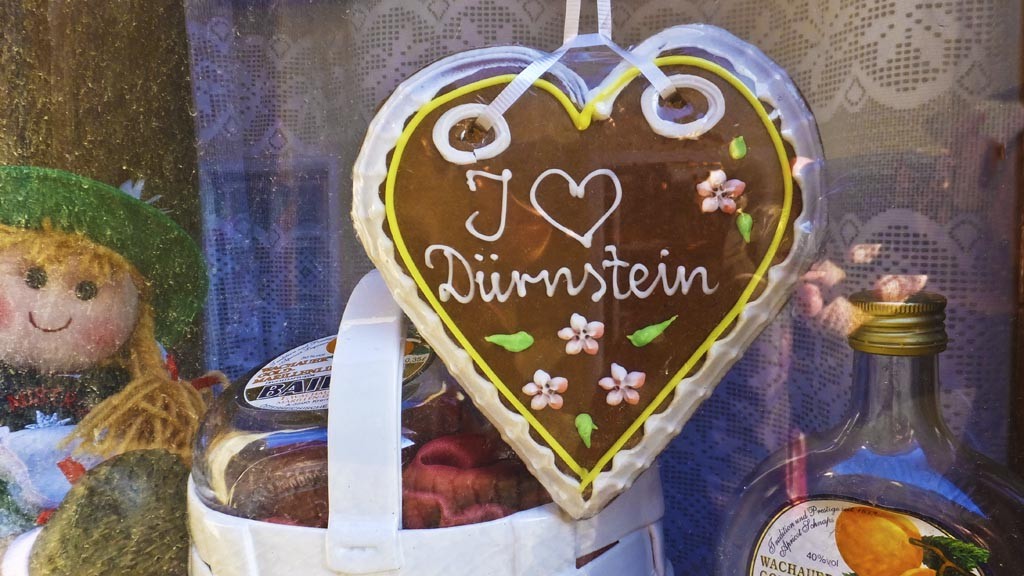
The Baroque blue tower of the church is certainly a striking landmark on the Danube. Blue, we’re told by the guide represents heaven and other walls are painted gray and yellow which represent earth.
A tour is essential because it gets you inside the church to see the remarkable altar that features 44 paintings of the life of Christ. The church and cloister of the Durnstein church is regularly closed unless you have a guide.

From there, you don’t need a guide, because there’s only one main street and a path up to the historic castle, where legend has it that Richard the Lionhearted was held for ransom and was found thanks to a song by the troubadour Blondel. There’s not really much to see in the castle ruins today, but on a clear day it’s worth the 30-minute climb up the rocky trail for a remarkable view of the Danube and the Wachau valley wine district.
The treat I discovered in town is that there are several shops that offer samples of the local wines, including a tasty apricot brandy known as marillenschnaps. It’s delicious in small amounts and a killer topping on ice cream. I bought a couple of bottles for gifts and one for myself.





